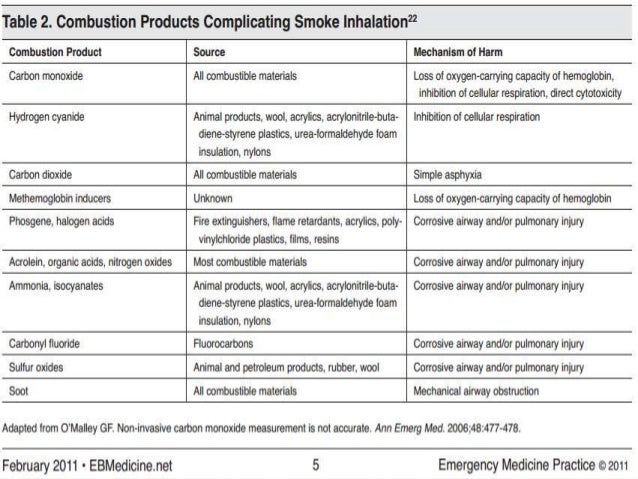
It is produced during incomplete burning of organic matter. ĬO is a colorless and odorless gas which is initially non-irritating. Long-term complications may include chronic fatigue, trouble with memory, and movement problems. The classically described "cherry red skin" rarely occurs. Large exposures can result in loss of consciousness, arrhythmias, seizures, or death. Symptoms are often described as " flu-like" and commonly include headache, dizziness, weakness, vomiting, chest pain, and confusion. >20,000 emergency visits for non-fire related cases per year (US) Ĭarbon monoxide poisoning typically occurs from breathing in carbon monoxide (CO) at excessive levels. Supportive care, 100% oxygen, hyperbaric oxygen therapy Loss of consciousness, arrhythmias, seizures Ĭyanide toxicity, alcoholic ketoacidosis, aspirin poisoning, upper respiratory tract infection Ĭarbon monoxide detectors, venting of gas appliances, maintenance of exhaust systems Headache, dizziness, weakness, vomiting, chest pain, confusion
Call the New York City Poison Control Center - (212) POISONS (21) - while you are waiting to get instructions about what to do next.Medical condition Carbon monoxide poisoningĬarbon monoxide intoxication, carbon monoxide toxicity, carbon monoxide overdose. Call 911 to ask the Fire Department to check the carbon monoxide level in your home. If you hear a carbon monoxide detector alert: Try to time replacements for daylight saving days in the spring and fall. You should also replace your carbon monoxide detector's batteries twice a year. You should test carbon monoxide detectors at least once a month. Occupants are responsible for regularly testing detectors to make sure they work and replacing the batteries. Most homes and residential buildings in New York City are required by law to have carbon monoxide detectors installed in the sleeping areas.īuilding owners are responsible for installing approved carbon monoxide detectors. Make sure you have a working carbon monoxide detector.Ĭarbon monoxide detectors alert you when there are dangerous levels of carbon monoxide in your home. #CARBON MONOXIDE POISONING TEST GENERATOR#
If you use a generator during a power outage, keep it outdoors, at least 20 feet from open windows or enclosed areas. Do not use an outdoor grill inside a home, garage or tent. In the winter, make sure the tailpipe is clear of snow before you start the car engine. Do not use your gas oven or stove to heat your home. 
Running cars that have snow (or something else) blocking the exhaust pipe.
 Running cars or gas-powered tools in enclosed areas. Generators used too close to the home (less than 20 feet from open windows or enclosed areas). Clogged chimneys and heating exhaust vents. Gas stoves or ovens that are used to heat the home. Unvented furnaces, boilers, stoves, hot water heaters and other fuel burning equipment. Severe carbon monoxide poisoning can result in seizures, serious injury or death. These symptoms are often misdiagnosed or unnoticed because they mimic the flu. Symptoms of carbon monoxide poisoning may include fatigue, nausea, dizziness and headache.
Running cars or gas-powered tools in enclosed areas. Generators used too close to the home (less than 20 feet from open windows or enclosed areas). Clogged chimneys and heating exhaust vents. Gas stoves or ovens that are used to heat the home. Unvented furnaces, boilers, stoves, hot water heaters and other fuel burning equipment. Severe carbon monoxide poisoning can result in seizures, serious injury or death. These symptoms are often misdiagnosed or unnoticed because they mimic the flu. Symptoms of carbon monoxide poisoning may include fatigue, nausea, dizziness and headache. 
Carbon monoxide (CO) is created by the incomplete burning of fuel, such as natural gas, propane and wood.







 0 kommentar(er)
0 kommentar(er)
